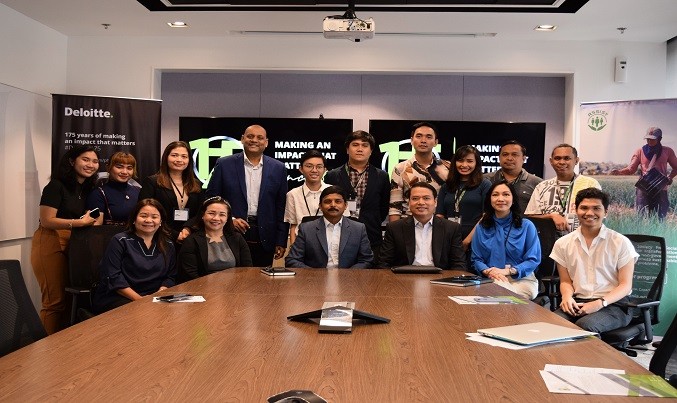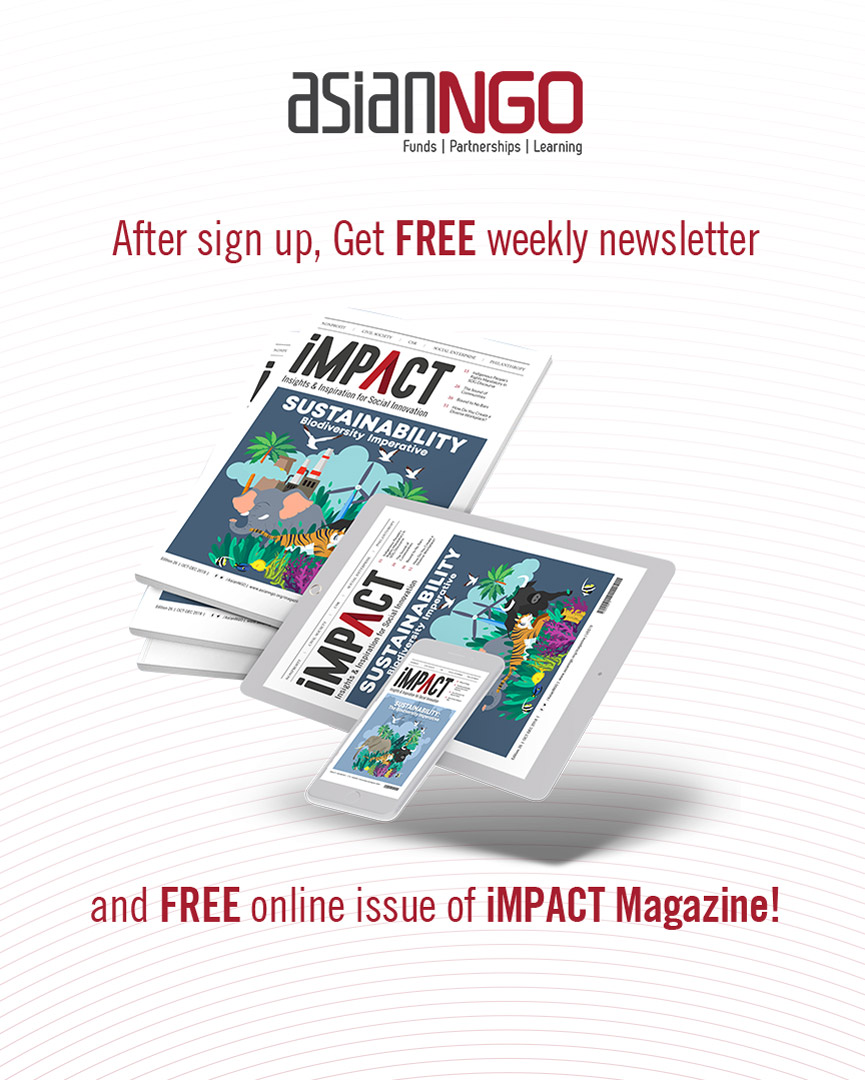The non-performing Board is not conducive to the optimal functioning of a non-profit, and Aarti Madhusudan suggests ways to convert the Board to a dynamic and performing one.
(Note: This article is not relevant for organizations that retain their Boards merely for compliance and statutory purposes.)
What to do with the Board member who does nothing beyond the bare minimum … and won’t resign on her own?
Every Board in the non-profit sector has one or more such Board members, or at the very least, has had to deal with this at some point. A fully engaged Board is a rarity.
Yet, CEOs and founders seem to tolerate the non-performing Board member. There are multiple reasons for this:
- The CEO would rather have it that way. Often, CEOs struggle to draw the line between an engaged Board and an interfering one. Sometimes, CEOs and founders prefer a disengaged Board over one they feel is stepping on toes.
- The expectation from the Board has never been articulated and agreed upon, and so the members carry on by doing the bare minimum.
- Where founders hire professional CEOs, they bequeath the organisation, the Board, and the dynamic that the Board is comfortable with. If “not doing anything” has been the culture of the Board, the new CEO might not want to risk upsetting the apple cart.
- We are too polite. This is cultural. We do not want to seem disrespectful to people higher in a perceived hierarchy and so, do not bring up non-performance or non-participation. This is especially evident when Board members are older people, male, and those with a visibly higher social status.
Why should we even address the issue? And how?
The approaches will vary based on several factors:
The entire board is not contributing
This is likely a Board culture issue. A sudden change will probably be impossible. The first step is to figure out why this has now become an issue. The reasons could vary: donor insistence on change, the organisation needing more dynamism to pace growth, or a founder/CEO becoming more aware of their limitations. Having the Board reflect on this and own the problem is critical to initiating change. In this process, some Board members may decide to step down while some may be re-engaged with new-found enthusiasm.
What might work: Pacing the change on the Board, letting go off those who wish to step down in a gracious manner (inviting them to other bodies such as an Advisory Board) and inviting others to share how they would like to continue staying engaged is a good way to kick off change.
Some members are not contributing
One of the biggest mistakes that people make is not doing anything about some members not contributing. This creates a lopsided dynamic on the Board with those giving time and input feeling over-burdened because some people can “get away” by not doing anything.
What might work: The CEO can create an individual engagement plan which can be discussed with all Board members. It’s a great opportunity to spell out expectations—time and input—and helps finalize the role of each Board member, and all members to know how others are contributing. Doing this also communicates to the other Board members that their engagement is valued.
What are the expectations of the Board, based on the life stage of the organisation? Organisations evolve. Needs change. Usually, the executive adapts the organization competencies to meet the demands of every growth stage to a large extent but the Board remains stagnant. Being cognizant of the change and its associated demands from a Board is a good way to renew the role of the Board more strategically.
What might work: A Board plan – basically a plan that the Board makes for itself every two years to reflect the changes in the organisation’s needs, will help. It will also ensure that members contribute if they can and the ones that can’t are weeded out automatically. Also, factoring in a strong rotation policy based on performance will facilitate optimal contribution from every Board member.
The personality of the founder/CEO
Some founders are consultative and like to ask for help; other expect that it will be offered. Some are transactional in their approach, while some others err on the side of too much one-way communication. While it’s easy to say that a balance would work great, in reality, this is dependent on the personality of the founder, which is very difficult to change.
What might help: Taking the help of a trusted member on the Board or the Chair to work with the founder, helping balance the relationship with the Board, creates a more conducive environment for contributions from the Board members.
Often it’s a combination of all of the factors above that determines how well a Board contributes. Being aware of which of the factors is dominant at a given point in time and reflecting upon the same will ensure that the contributions of the Board are optimal, and leveraged as desired.
A Board plan and an individual Board member engagement plan will ensure that all members contribute optimally.











